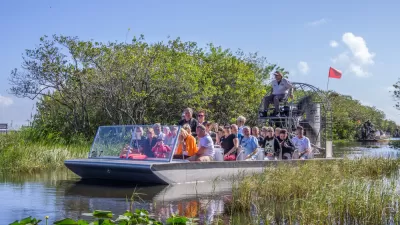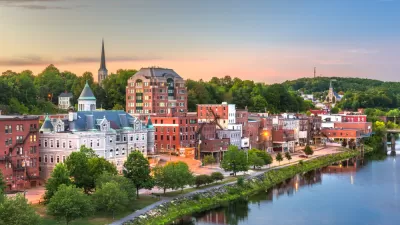The 21st Century Dams Act, a proposal to remove four dams on the lower Snake River, and the Infrastructure Investment and Jobs Act all have a chance to redefine the country's approach to dams and watersheds.

Brian Graber, senior director of river restoration at the river conservation advocacy group American Rivers, writes an article providing an update on the status of dam removal efforts around the country.
Central to the article is the 21st Century Dams Act, introduced in July in the House of Representatives by Rep. Annie Kuster (D-N.H.) and in the Senate by senators Dianne Feinstein (D-Calif.) and several other Democrats. The bill would spend almost $26 billion to repair dams for improved energy production and safety.
According to a statement by Dianne Feinstein at the time of the 21st Century Dams Act's introduction, the bill would
- Improve public safety: Invests in state dam safety capabilities, expands grant funding for the rehabilitation of existing dams and makes available low-interest loans to rehabilitate non-federal dams.
- Enhance clean energy production and grid resilience: Invests in existing federal dams to improve their safety and renewable energy generating capacity.
- Restore river ecosystems: Authorizes an interagency and stakeholder advisory committee to help administer a public source of climate resilience and conservation funding to reconnect 10,000 miles of rivers through the removal of 1,000 dams with owner consent.
In addition to announcing the support of American Rivers for the 21st Century Dams Act, Graber also supports a proposal to remove four federal dams on the lower Snake River.
"Both efforts are necessary and timely, as Congress and the Biden Administration consider national infrastructure investments," writes Graber. "Dams have devastated river health nationwide, impacting rivers, fish and wildlife populations, and cultural resources. As dams age and flood magnitudes increase with climate change, many dams become public safety hazards. Dams are infrastructure and should be part of any federal infrastructure legislation."
With regard to the mention of federal infrastructure legislation, a separate article by Matt Young for American Rivers voices support for the Infrastructure Investment and Jobs Act approved by the Senate earlier in August, and now moving forward in the House of Representatives as part of a $3.5 trillion budget package.
"The Infrastructure Investment and Jobs Act would invest $55 billion in water infrastructure, $12 billion for flood management and over $4.5 billion for watershed restoration," writes Young. Included in that list is $1.6 billion for dam removal and dam safety.
FULL STORY: Prioritizing dam removal and river restoration: an update on federal legislation

Planetizen Federal Action Tracker
A weekly monitor of how Trump’s orders and actions are impacting planners and planning in America.

Map: Where Senate Republicans Want to Sell Your Public Lands
For public land advocates, the Senate Republicans’ proposal to sell millions of acres of public land in the West is “the biggest fight of their careers.”

Restaurant Patios Were a Pandemic Win — Why Were They so Hard to Keep?
Social distancing requirements and changes in travel patterns prompted cities to pilot new uses for street and sidewalk space. Then it got complicated.

Platform Pilsner: Vancouver Transit Agency Releases... a Beer?
TransLink will receive a portion of every sale of the four-pack.

Toronto Weighs Cheaper Transit, Parking Hikes for Major Events
Special event rates would take effect during large festivals, sports games and concerts to ‘discourage driving, manage congestion and free up space for transit.”

Berlin to Consider Car-Free Zone Larger Than Manhattan
The area bound by the 22-mile Ringbahn would still allow 12 uses of a private automobile per year per person, and several other exemptions.
Urban Design for Planners 1: Software Tools
This six-course series explores essential urban design concepts using open source software and equips planners with the tools they need to participate fully in the urban design process.
Planning for Universal Design
Learn the tools for implementing Universal Design in planning regulations.
Heyer Gruel & Associates PA
JM Goldson LLC
Custer County Colorado
City of Camden Redevelopment Agency
City of Astoria
Transportation Research & Education Center (TREC) at Portland State University
Camden Redevelopment Agency
City of Claremont
Municipality of Princeton (NJ)





























